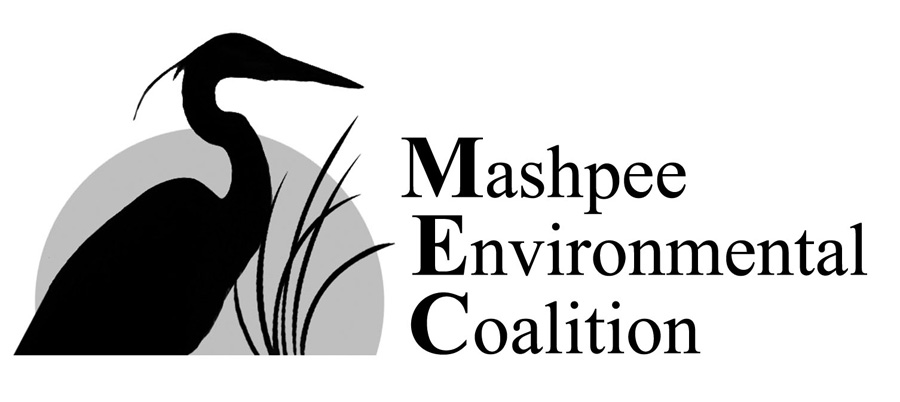 Storm water, from its inception as rain or snow and via its travel as runoff across our lawns, roads and parking lots, adds to itself many forms of unwanted constituents from diverse sources. As it falls from the sky it adds an airborne contaminants to its makeup and then proceeds to include a variety of substances related to human activities.
Storm water, from its inception as rain or snow and via its travel as runoff across our lawns, roads and parking lots, adds to itself many forms of unwanted constituents from diverse sources. As it falls from the sky it adds an airborne contaminants to its makeup and then proceeds to include a variety of substances related to human activities.
Lawn fertilizer over-spills onto roads and driveways, the byproducts of automotive utilization such as exhaust, fluid leakage and brake pad wear combined with animal waste products plus many other items, when transported by storm water runoff, create a source of damage to our ground and surface waters that is a substantial threat. The impacts from this pollution source can be mitigated to varying degrees by the application of devices commonly identified as storm water best management practices. These devices are typically selected based upon site-specific conditions and available space.
 The typical storm drains found in area roadways and parking lots do nothing to reduce contamination levels and, in fact, are worse than allowing storm flow to discharge across a vegetative surfaces. Many storm water best management practices (BMP’s) rely upon root systems and microbes for contamination controls. In Mashpee several scientific studies have established links between storm water runoff and pollution of both fresh and estuarine surface waters.
The typical storm drains found in area roadways and parking lots do nothing to reduce contamination levels and, in fact, are worse than allowing storm flow to discharge across a vegetative surfaces. Many storm water best management practices (BMP’s) rely upon root systems and microbes for contamination controls. In Mashpee several scientific studies have established links between storm water runoff and pollution of both fresh and estuarine surface waters.
 Typical BMP’S include wet or dry detention ponds and stone or vegetated swales. With the acceptance of “Low Impact Development” (LID) techniques, the catalog of devices has added, among others, surface sand filters, tree filters and constructed gravel wetlands. Recent evaluations by the University of New Hampshire have highly rated the constructed gravel wetland.
Typical BMP’S include wet or dry detention ponds and stone or vegetated swales. With the acceptance of “Low Impact Development” (LID) techniques, the catalog of devices has added, among others, surface sand filters, tree filters and constructed gravel wetlands. Recent evaluations by the University of New Hampshire have highly rated the constructed gravel wetland.
